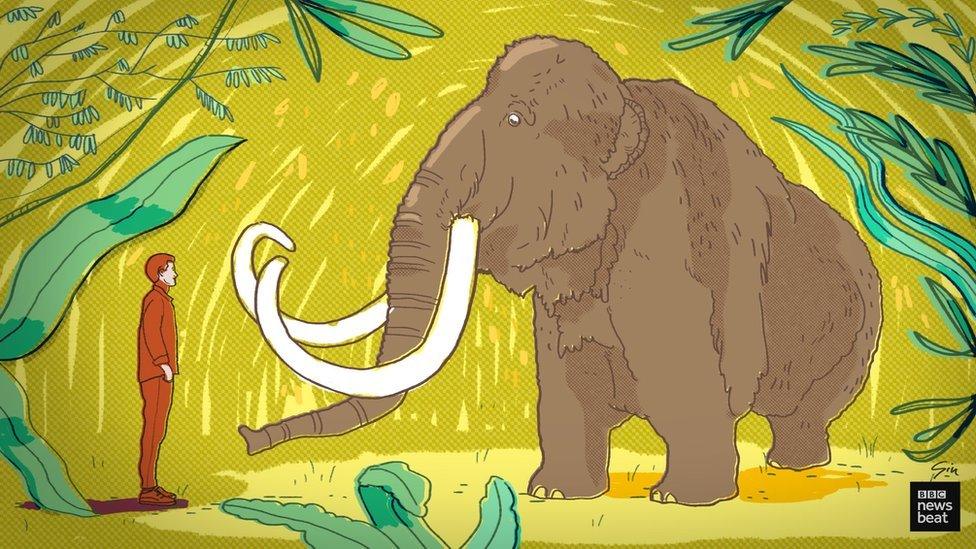Woolly mammoth: Tusk reveals ancient creature's lifetime journey
- Published
- comments

The incredible life story of an ancient woolly mammoth has been revealed by scientists after they analysed one of its tusks.
The scientists looked at the chemistry locked inside the tusk to work out how far it travelled in it's lifetime.
The research shows that the Ice Age animal travelled a distance equivalent to circling the Earth twice!
The work sheds light on how these ancient creatures lived, the vast distances they travelled, and how they might have gone extinct.
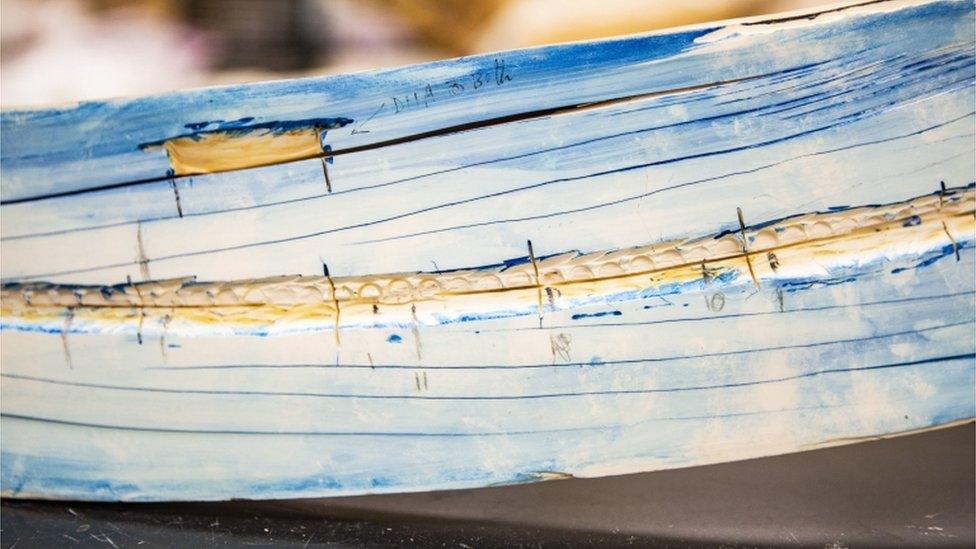
Scientists use mammoth tusks to help their research
Woolly mammoths are the hairy cousins of today's elephants, roaming the earth during a prehistoric cold period known as the Pleistocene era.
Scientists discovered that mammoth tusks work a bit like the rings found in tree trunks, so that as they grow, they record information about the animal's life.
Furthermore, some chemical elements trapped in the tusks while the animal was alive can reveal where the animal had been, working like pins on a map,
By combining these two things, researchers created a "map" of where the mammoth lived and travelled 17,000 years ago in Alaska.
From the moment they're born until the day they die, they've got a diary and it's written in their tusks.
"Mother Nature doesn't usually offer up such convenient and life-long records of an individual's life," said palaeontologist Dr Pat Druckenmiller, director of the University of Alaska Museum of the North.
Co-lead author of the study Dr Matthew Wooller, added: "It's not clear-cut if it was a seasonal migrator, but it covered some serious ground.
"It visited many parts of Alaska at some point during its lifetime, which is pretty amazing when you think about how big that area is."
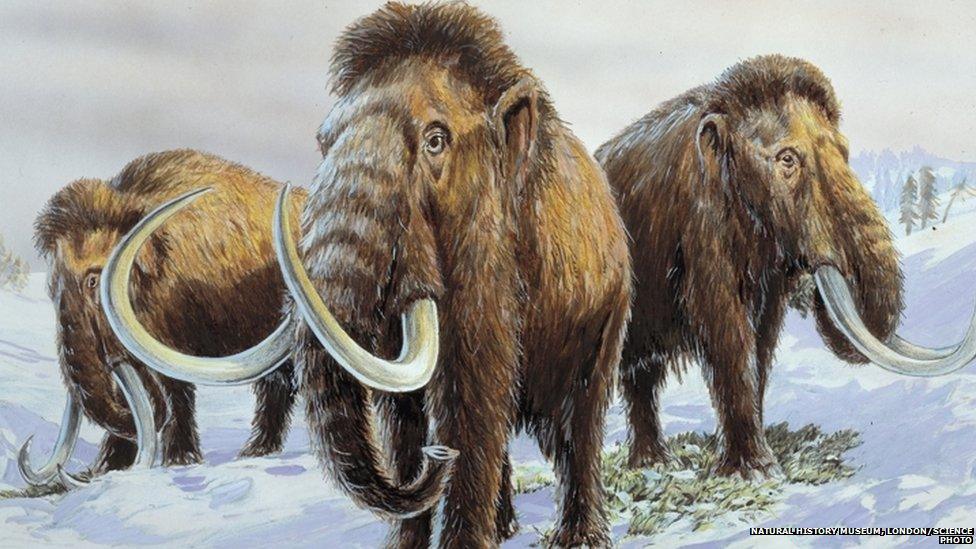
Woolly mammoths are known for their large tusks
As mammoths grow, so do their tusks, adding new layers on a daily basis throughout their lives, according to the researchers.
When the ivory was split length-wise, these growth bands looked like stacked ice cream cones, offering a record of its existence.
The scientists studied the ancient 1.5m long tusk, making around 400,000 microscopic data points.
They found that the mammoth had covered 70,000km during its 28 years on the planet. For comparison, the circumference of the Earth is just 40,000km!
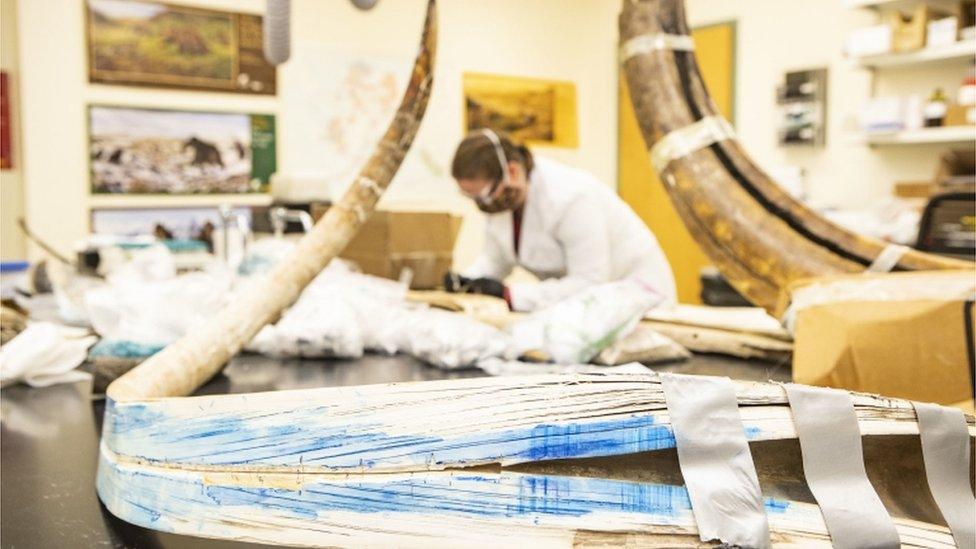
DNA preserved in the mammoth's remains allowed the team to identify it as a male - related to the last group of its species that lived in mainland Alaska.
The study, published in the journal Science, offers clues to the extinction of these hairy creatures.
The growth of forests in the mammoths' preferred grassland habitat towards the end of the last Ice Age would have limited how far they could roam for food and placed them at greater risk of predators.
- Published20 September 2018
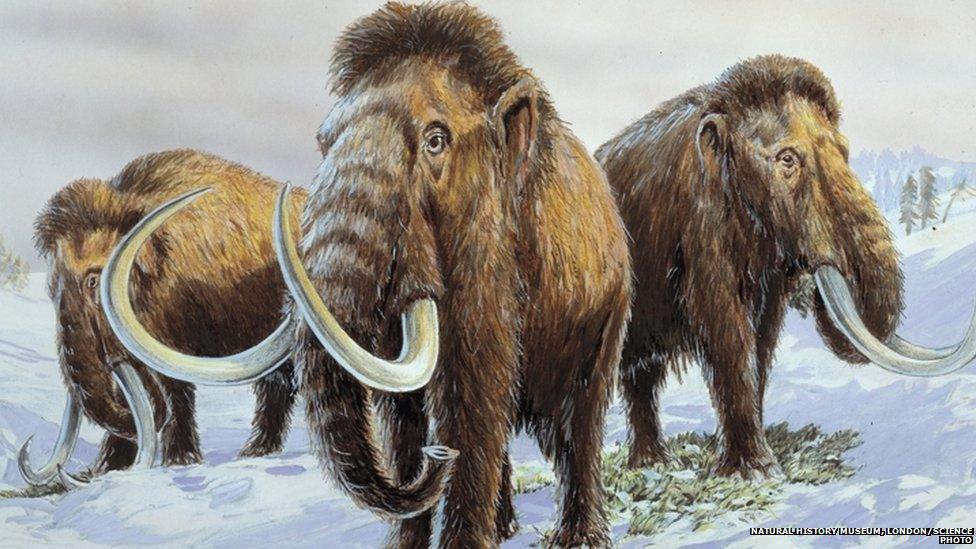
- Published8 October 2015
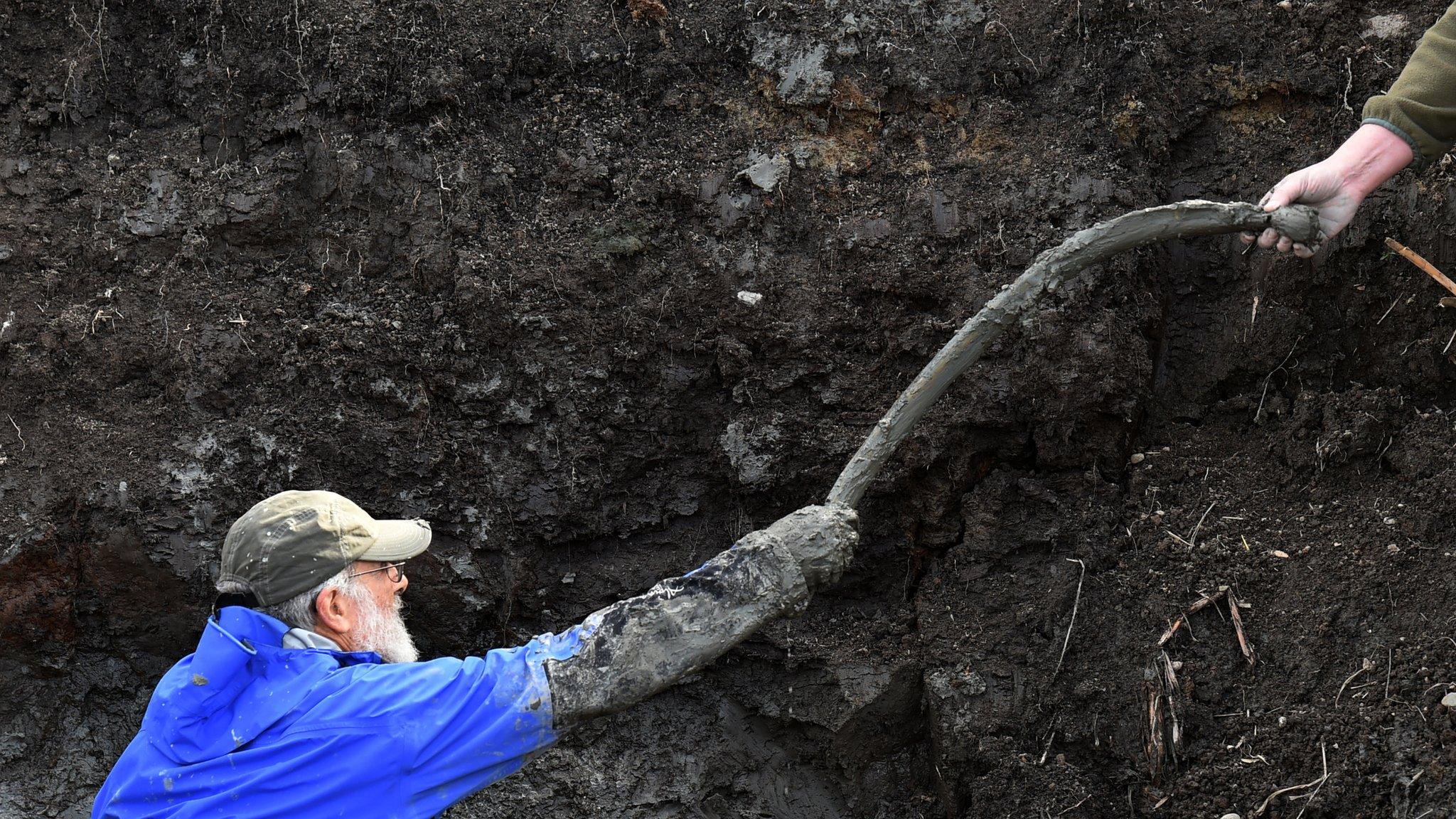
- Published11 June 2015
